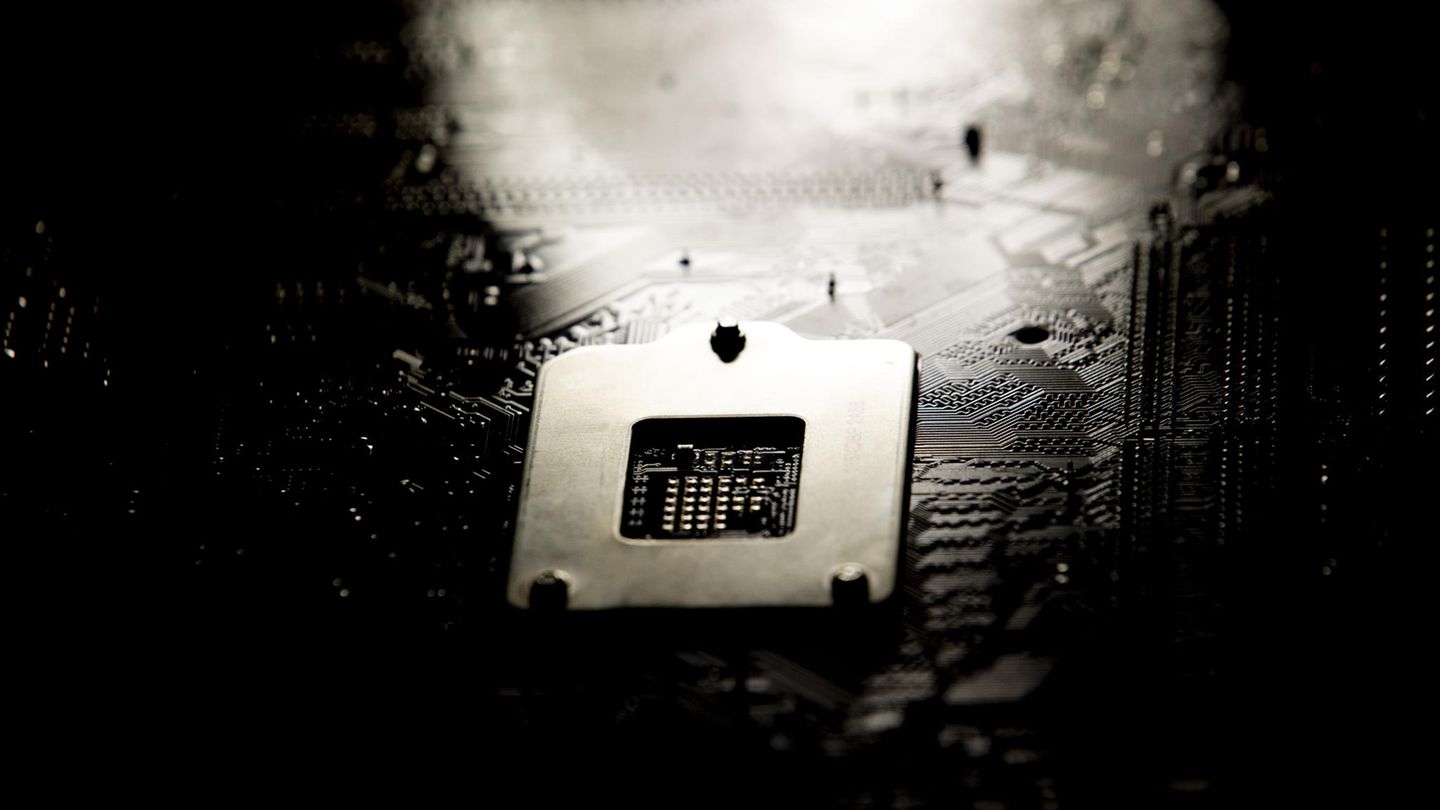Few corporations have dominated their discipline as has long been the case with Intel. But the former king of the microchip has been stumbling for a few years. With its new strategy, the group now wants to save itself from the valley. And even has the throne in view.
Intel Inside – that has long stood for cutting-edge technology under the hood of desktop computers and laptops. But after years of dominance, the group has recently increasingly lost touch. Now, for the first time, a concrete roadmap has been presented on how the group wants to save itself. And would like to use the valley as a starting point for the top.
Intel has had three main problems in recent years: After having been ahead of the curve for years in terms of technology, competitors such as Samsung and the manufacturer TSMC, which builds its fast-paced chips on behalf of Apple, for example, overtook the company in terms of basic technology. At the same time, the classic computer chip market lost more and more importance due to the rise of the smartphone. And then the long ridiculed competitor AMD created a PC processor with its Ryzen series that could compete with Intel’s models – but was much cheaper to get. Intel now wants to tackle all three points, the company announced on Monday.
From king to lackey
The most difficult step was announced in the spring: For the first time in its history, Intel no longer only wants to manufacture its own processors, but also use its manufacturing facilities – known as foundries – for contract production for competitors. On Monday, Intel announced what that means in concrete terms: As the first two customers, Qualcomm and Amazon, known primarily for its smartphone chips, were won.
The two new customers are each counting on being able to benefit from specific strengths of Intel. Qualcomm, whose Snapdragon chips are the standard of the Android mass market, opted for the paver mainly because of Intel’s upcoming A20 technology in a few years’ time. The new transistor technology should make the chips significantly more energy-efficient. Amazon, on the other hand, wants to benefit from Intel’s packaging ability in its self-designed chips for server systems. It allows a more advanced 3D structure of the building blocks that the competition has not yet mastered.
Away from the nanometer
Both innovations are part of the larger strategy: By 2025, Intel wants to be at the forefront of technology in all areas again. The company also had the blueprint for this in its luggage. Over the next four years, Intel plans to roll out five major technological steps in processor production, including shaping chips with ultraviolet lithography from the Dutch company ASML. It should project the design of the chips directly into the silicone and thus enable even finer construction methods.
So that customers better understand the differences, Intel has decided to rename the chips. Previously, the generations were differentiated from one another by specifying the width of a row of transistors in nanometers. This led to a distorted perception among customers: Although smaller usually meant faster, Intel’s 10-nm chips were often able to compete with the 7-nm chips of competitors – but on paper they looked outdated.
Intel now completely dispenses with the nm specification, the last 10 nm chips are now called “Intel 7”, the upcoming 7-nm chip “Intel 4”. How you want to convey to customers that, unlike the i-processors – here the i3 is weaker than the i5 – this time smaller is better is another matter.
New doors opened
Intel is noticeably proud of its new developments. “We spent many, many hours dealing very deeply and technically with our first two customers and many more,” explained Intel boss Pat Gelsinger to “Reuters”. He did not want to comment on the specific volume of the orders, but he is in cooperation with Qualcomm on “one of the most important mobile platforms” and is “deeply involved in the strategy”. For Intel, this close cooperation means one thing above all: It is the group’s most important opportunity to gain a foothold, at least indirectly, in the all-important wireless communications market.
Even if the plans seem ambitious: “Intel will definitely make the connection with regard to TSMC and even be ahead in some areas”, analyst David Kanter tells “Reuters” with certainty. He sees one of the bigger mistakes of the past that the company tried to accommodate several innovations in one generation. With the presented roadmap, Intel is now showing that it has become more cautious and is focusing on clear planning. This is exactly what the group was about, Gelsinger made clear to “Reuters”. “We are now disclosing all the details so that Wall Street can measure us against it.”
David William is a talented author who has made a name for himself in the world of writing. He is a professional author who writes on a wide range of topics, from general interest to opinion news. David is currently working as a writer at 24 hours worlds where he brings his unique perspective and in-depth research to his articles, making them both informative and engaging.




